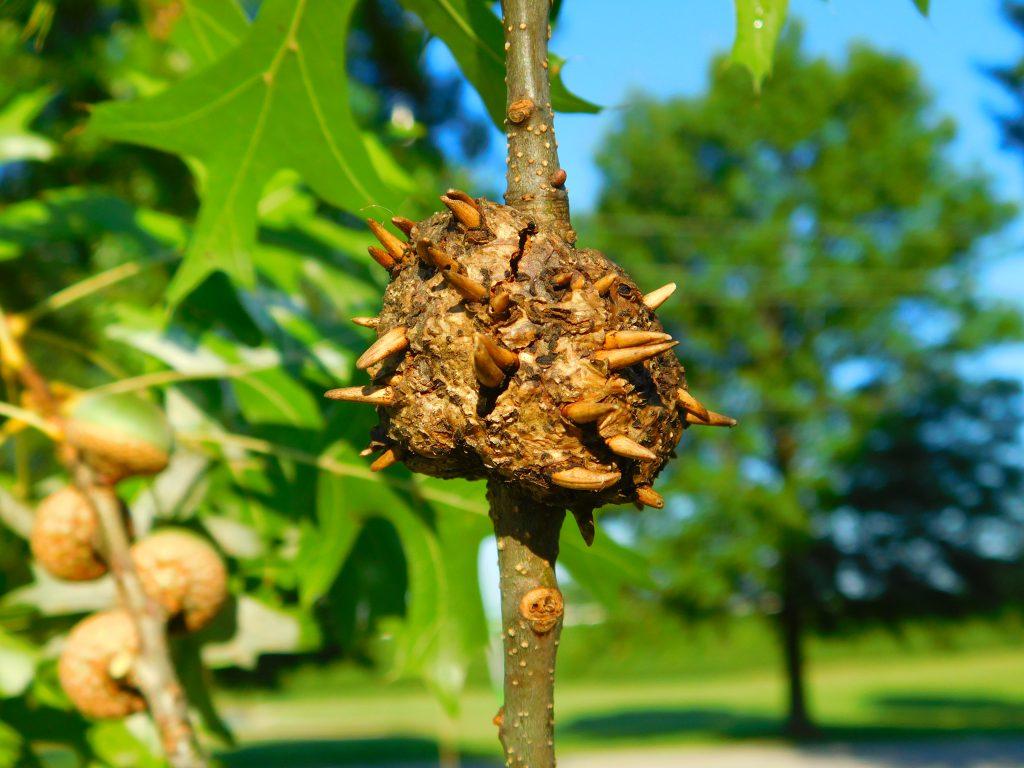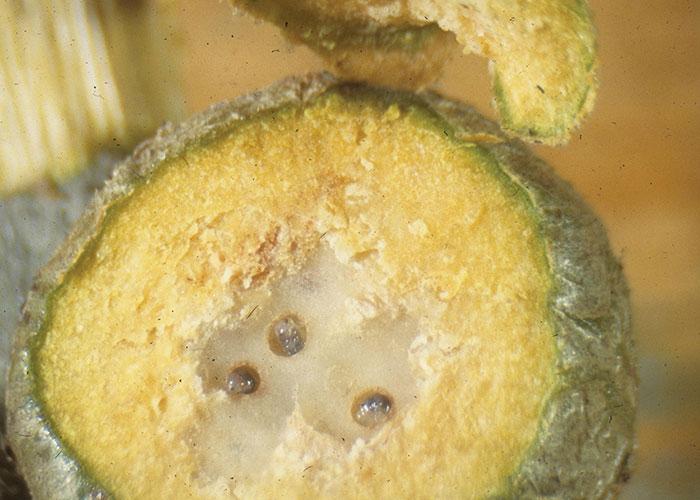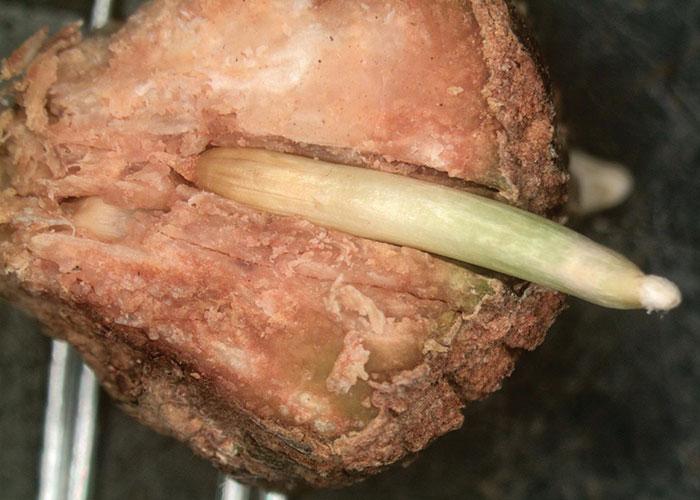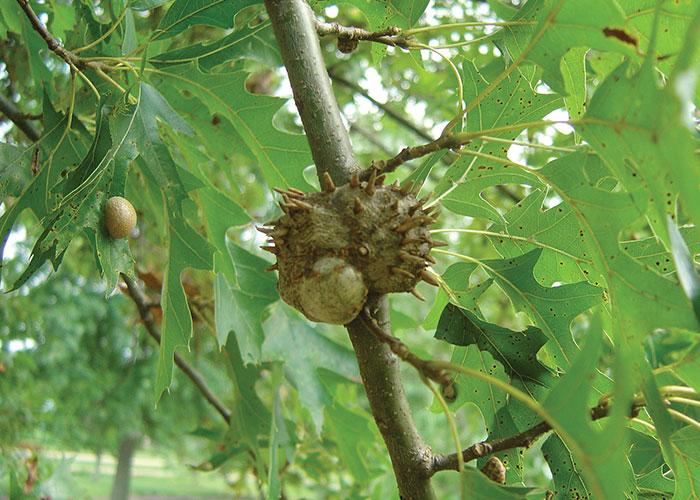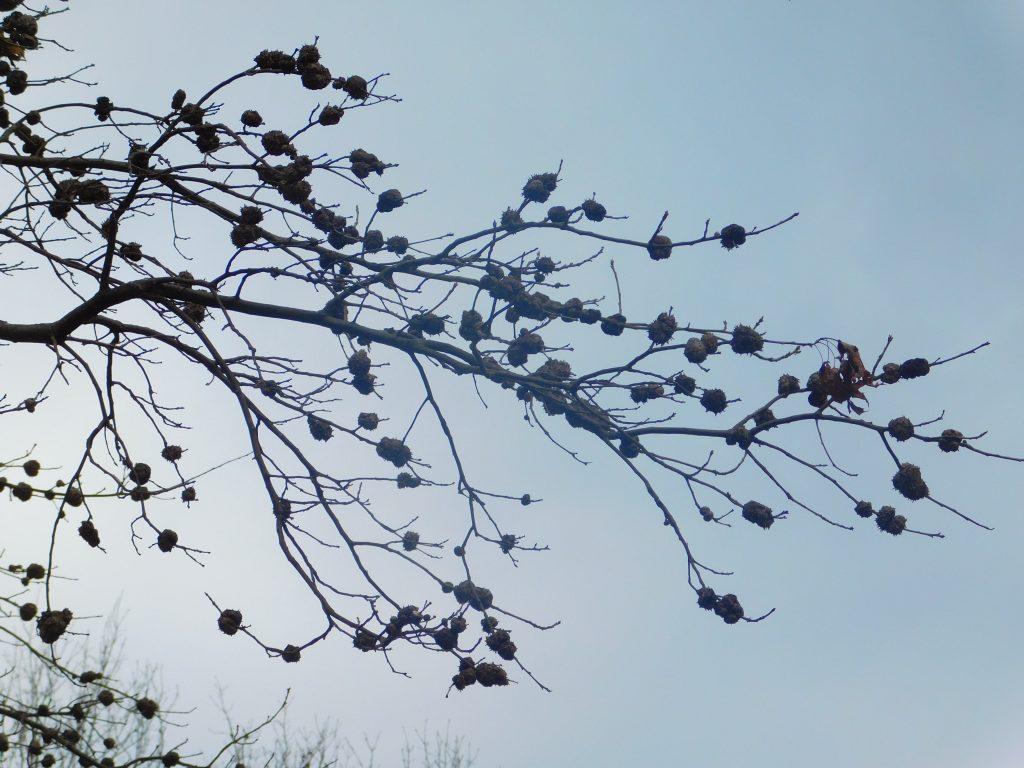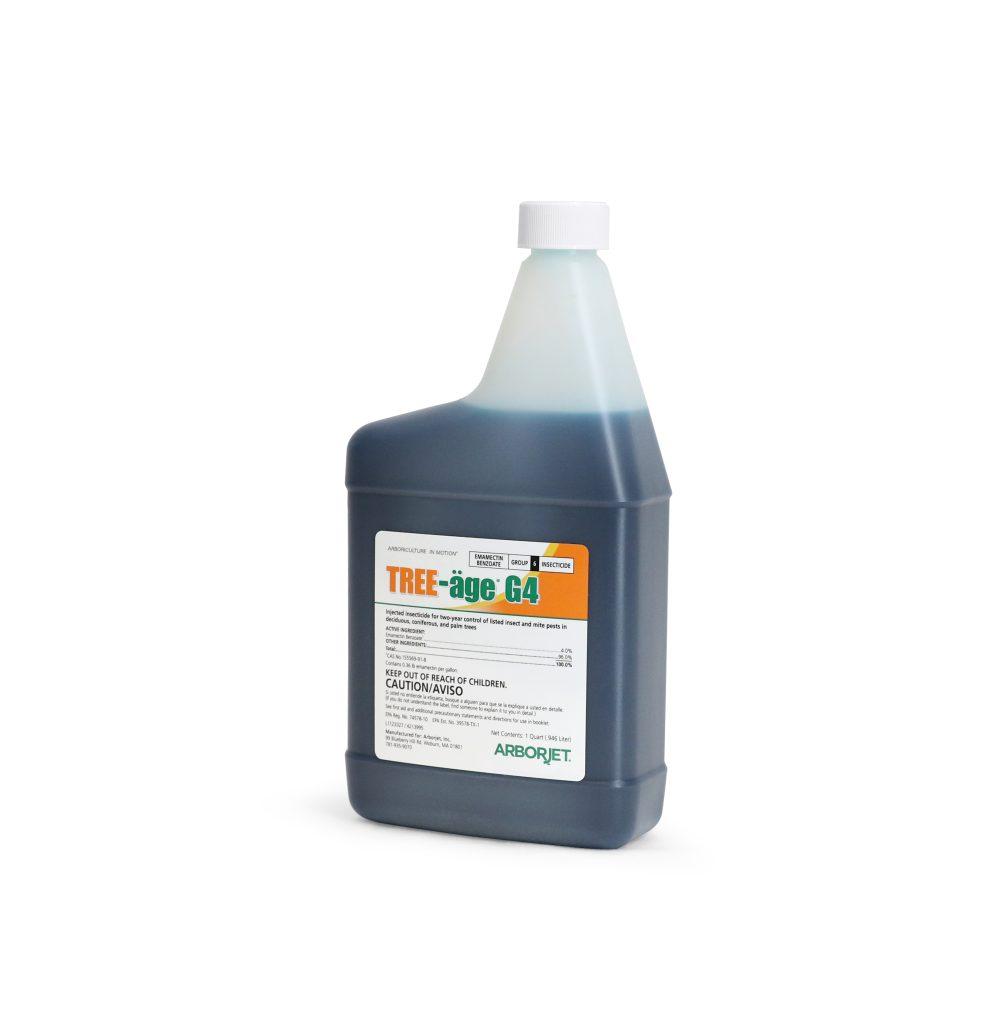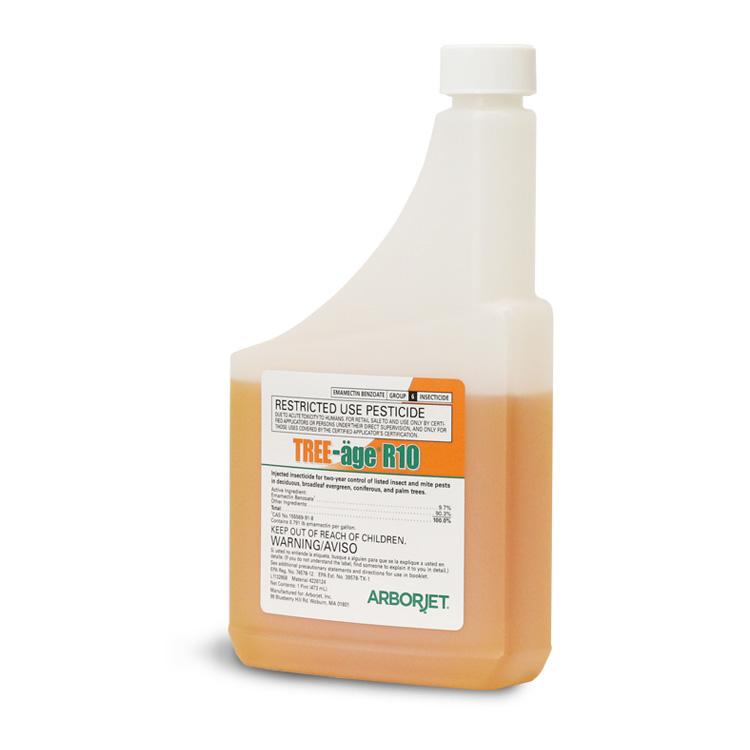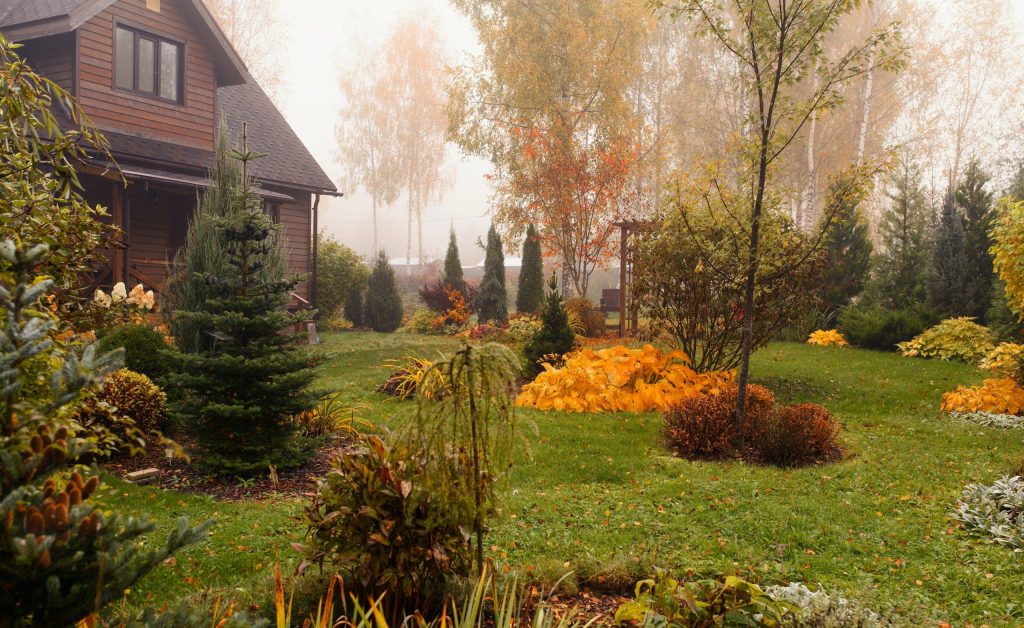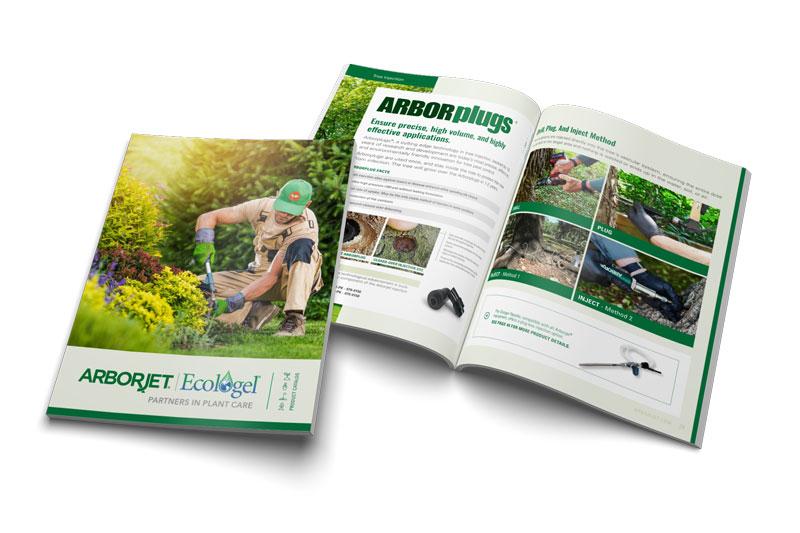Horned Oak Gall Wasp
The horned oak gall (HOG, Callirhytis cornigera) is a golf ball-sized growth caused by a small wasp insect which can cause extreme disfiguring and dieback of certain oak species. They are often found on young twigs and have protruding horns through which young females emerge to continue the cycle. Another gall maker is the gouty oak gall (C. quercuspunctata) which looks similar but lacks the horns.
The HOG wasp occurs from southern Canada, through Pennsylvania, south to Georgia, and throughout the Midwest. It attacks the twigs of pin, scrub, black, blackjack, and water oaks. Infestations on young trees can be the most devastating, but older trees will be dangerously affected as well. Galls prevent nutrients and water from moving into new growth, resulting in severe dieback.
Common Symptoms
Twig Galls take up to three years to fully develop. Mature females emerge from horns in the spring during bud break. Females lay eggs along undersides of new leaf margins where they form an inconspicuous swelling. Young female wasps exit these leaf galls in late May through early June in Kentucky, and mid-July in Illinois and Missouri, where they then insert eggs into young oak twigs. The twig gall then increases in size for about 30 months and develops “horns” when young wasps emerge in the spring. Several stages of generations are always present on susceptible oak trees.
Treatments
Trunk injection with TREE-äge® G4 (Emamectin benzoate) or TREE-äge® R10 can provide some preventative control depending on the time of year treatment is applied. We recommend treatment in September of the current year, or early spring next year. Treatment in September will reduce early pest damage next spring. TREE-äge will provide control for a minimum of a year, and potentially up to two years. Treatment with TREE-äge G4 or TREE-äge R10 is effective in managing stem and twig insects when applied as a dilute injection prior to spring insect emergence. The most effective treatments are applied to trees at risk of infestation. Treatment will prevent new galls but will not eliminate old ones. TREE-äge G4 and TREE-äge R10 will additionally protect your trees from up to 51 other pests.
References And Photo Credits
Mature HOG taken by Don Grosman, Arborjet
Larva taken by Jim Baker, North Carolina State University
Horn exposed taken by Lorraine Graney, Bartlett Tree Experts, Bugwood.org
Gall with Horns taken by Jason Sharman, Vitalitree, Bugwood.org
HOG heavy Inf taken by Don Grosman, Arborjet Inc.

